Description
Demi-Fond Champion – Stayer Racing
So what is the Demi-Fond anyway? Today, it is commonly known as Stayer Racing.
The discipline of motorpacing is over a century old. It has been a part of cycling since the late 1800s, when motorcycle paced races were popular on both the velodrome and the road. Before motorcycles were used, tandems of up to five riders paced cyclists to go farther and faster than the individual could alone.
Each rider teamed up with a pacer who could push up his speed. The motos roared around the track, often without mufflers and with flames flaring from the exhaust. The races, called Demi-fond, covered 100-kilometer races, and the riders completed in just over an hour. The cyclists, who are known as stayers, tucked themselves tightly behind the pacers on specially designed bikes made to handle the g-forces of the track bankings and to get them as close as possible to the rear of the motorcycle. Motorcycles were designed to push the limits of speed on the steeply banked tracks, and to keep the rider sheltered and tucked in close behind.
It was a dangerous discipline. At high speed, a blown tire or broken bike often proved fatal. In the early 1900s, racers reached speeds of 90 km/h, and by the 1920s, they were doing over 120 km/h. In their incessant pursuit of speed, records, money and fame, many died when they came crashing down on the track, or went flying up and over the banking into the grandstand of spectators. At the turn of the century, stayers were some of the highest paid athletes in North America and Europe. Track grandstands were filled with tens of thousands of people and the riders were household names. Even though it isn’t as popular as it once was, motorpaced racing still exists and motorbikes are used to train and fine-tune cyclists’ fitness for the regular road, cyclocross, and track season. To this day, lower-powered derny machines, 90cc motorcycles that are specially designed to pace riders, are used on the steeply banked tracks during the European six-day races.
An experienced pacer will know for how long to hold it and when to back off. He is often a cyclist himself, who knows how to gauge the roads, the corners, the speed, and the rhythm of the ride. He drives the motorbike as if he is pedaling in a racing peloton. In a fight to stay as close as possible to the motorbike, the cyclist will occasionally touch the rear fender in a moment of inattention, striping it with black tire marks. The slipstream, at times, feels like a lifeline: In it, we fly, but the minute we are out in the wind, we flounder.
Read the full article by Michael Barry here – CompetitiveCyclist.com
***************
Want to Know Even More About the Demi-Fond? Keep Reading this fantastic piece from PEZ Cycling
The French used to call it, ‘le demi-fond,’ in English we called it, ‘the big motors’ or ‘pace following’ or ‘stayers.’ Intrepid riders on specially built machines with a small front wheel and reversed front forks so they could tuck in tight behind their leather-clad pacer whilst turning monster gear ratios. At it’s best it’s a wonderful, if ecologically unsound spectacle, especially on a big old concrete bowl with the motors roaring and the big machines running at autobahn speed with crazy guys in silk fronted and wool backed jerseys tucked in behind them.
For a long time it was hugely popular across Europe and it still survives in Germany and to a lesser extent, in Switzerland but in its own popularity and big money lay the roots of its demise as a World championship discipline. ‘Bungs’ some call them, others ‘pay offs’ or simply ‘bribes,’ there was no way you could win without your pacer being well enough remunerated to ride FOR you. But you never knew if he was going to until the Worlds final when for some reason – a big bung from another rider – you kept hitting the roller because he was backing off when he should have been accelerating.
The UCI – and everyone else in track cycling knew it was getting out of hand and so closed the book on the event as a Worlds discipline. The last amateur Worlds for the event was held in 1992 and the last professional Worlds in 1994 with Germany’s Carsten Podlesch winning both races; he once explained a few years back to me that he was therefore World champion FOREVER.
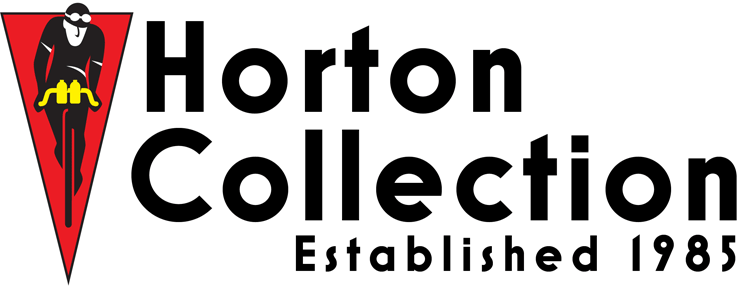
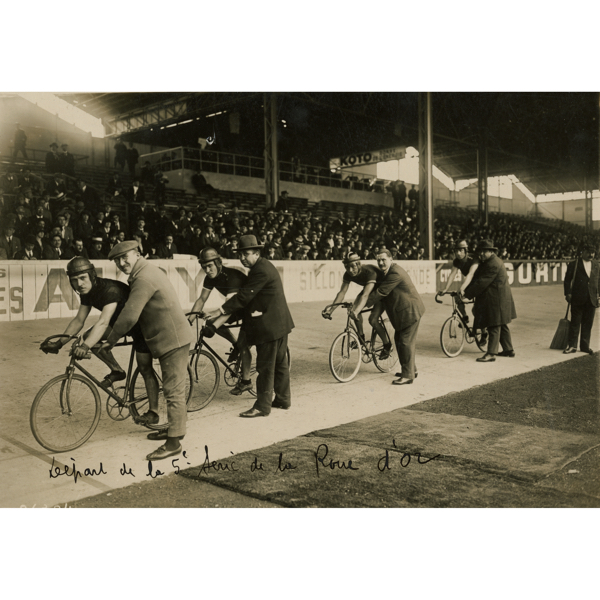
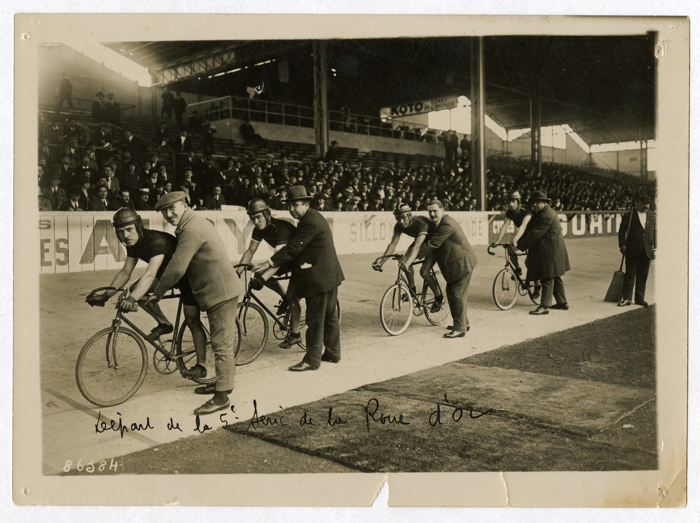
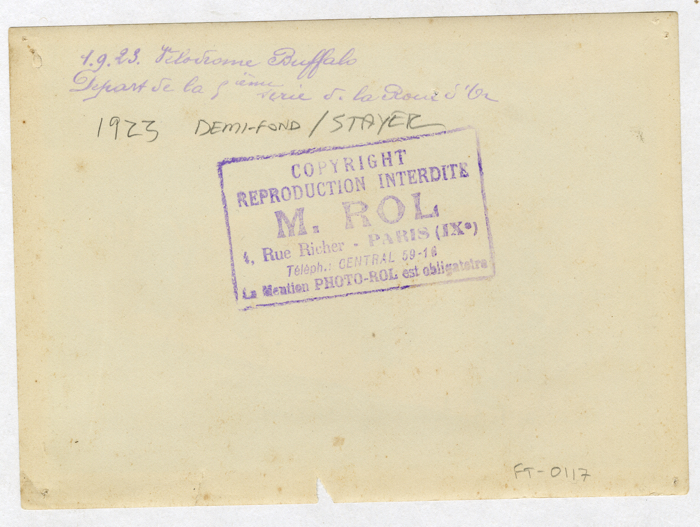
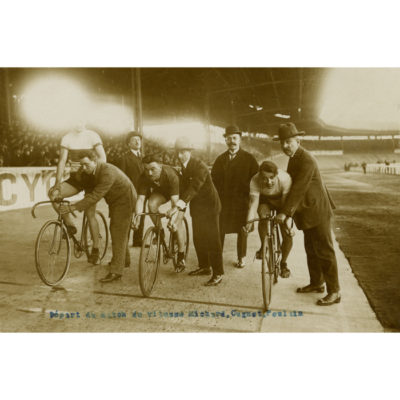
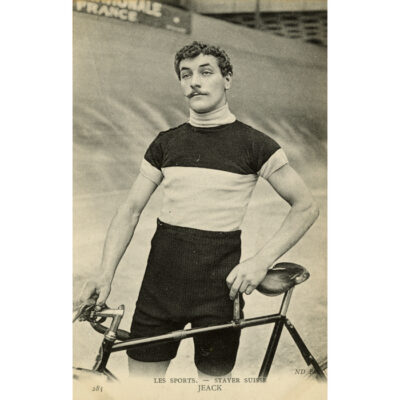
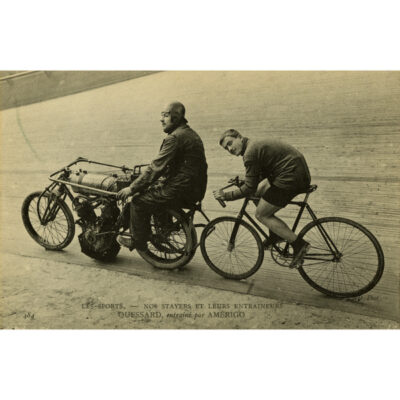
Recent Comments